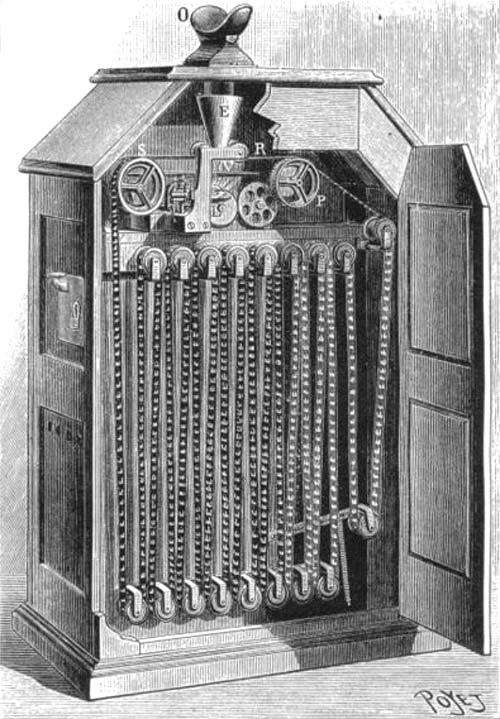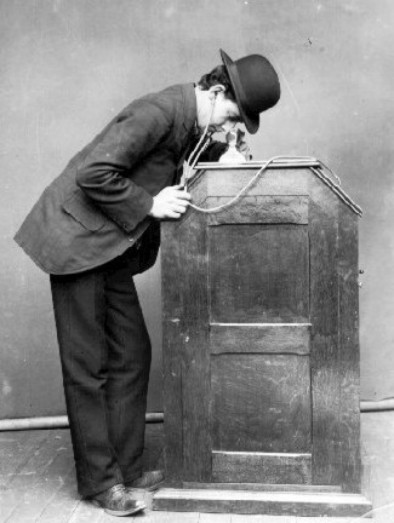Kinetoscope 1891 - precursors of film and movie
The Kinetoscope was one of the earliest motion picture devices, invented by Thomas Edison and William Dickson in 1891. It was a crucial development in the history of film and movie and acted as a precursor to the development of film and movie as we know it today. The Kinetoscope revolutionized the way people watched movies, providing a new form of entertainment and changing the way people experienced moving images.
The Kinetoscope was a simple device that consisted of a peephole viewer and a cylinder with a series of images that were rapidly changed to create the illusion of motion. The images were captured on film and played back using a mechanism that rapidly changed the images. To watch the movie, the viewer would insert a coin and look through the peephole. The rapidly changing images created the illusion of motion, making the movie seem like it was alive.
The invention of the Kinetoscope was a major step forward in the history of film and movie. Prior to its invention, motion pictures were only shown in a live theater, and the audience was unable to see the moving images as they were happening. With the invention of the Kinetoscope, people were able to see moving images in the privacy, and the demand for this new form of entertainment quickly grew.
The Kinetoscope was not only a technological breakthrough, but it was also a cultural one. The new device provided a new form of entertainment that allowed people to escape the everyday world and enter into a world of imagination and excitement. The Kinetoscope provided a new form of storytelling that was not limited by the limitations of live theater and allowed people to experience moving images in a new and exciting way.
The invention of the Kinetoscope also marked the beginning of the movie industry. The first Kinetoscope parlors opened in 1894, and soon there were hundreds of parlors across the country, each showing a variety of different movies. The popularity of the Kinetoscope sparked a new form of entertainment and provided a new industry for people to work in. The movie industry quickly grew, with more and more people getting involved in the production and distribution of movies.
However, the Kinetoscope was not without its limitations. The device was limited to a single viewer, and the viewing experience was not as immersive as a live theater performance. In addition, the Kinetoscope was limited to short movies, with a duration of only a no more than 30 seconds. These limitations led to the development of other devices that could show moving images to a larger audience and provide a more immersive experience.
One of these devices was the Vitascope, which was introduced in 1896. The Vitascope was an early motion picture projector that projected moving images onto a screen, allowing a larger audience to view the movie at the same time. The Vitascope was a major improvement over the Kinetoscope, providing a larger and more immersive viewing experience. With the advent of the Vitascope, the movie industry began to grow even faster, and the demand for motion pictures continued to grow.
In conclusion, the Kinetoscope was a significant development in the history of film and movie, and it was a key precursor to the growth of the movie industry. The invention of the Kinetoscope revolutionized the way people watched movies, providing a new form of entertainment and changing the way people experienced moving images. The Kinetoscope paved the way for the development of other movie technologies and was a crucial factor in the growth of the movie industry.






Comments
Post a Comment